Gabi Forman learnt a tip from Anna Meares she would quite like to try one day.
Forman, 10, is a former NSW time trial cycling champion in the under-9 age group. Meares, 33, is a legend of the sport.
More NSW News Videos
Sydney's Olympic velodrome faces the end
NSW's only indoor velodrome in Sydney is facing the prospect of demolition, threatening the future of track cycling in NSW.
"When she's doing the two-lap time trial, which is what you do when you're older," says Forman, "when you start to get tired you start to wiggle your hips just a little tiny, tiny bit, and that sort of helps you get through the pain and get to the end."
But Forman may not get the chance to put the hip wiggle into practise any time soon. Or at least not in her own state.
The venue that the cycling-obsessed Forman uses for training, the only indoor velodrome in Sydney or NSW, is facing the prospect of demolition.
The threat to the Dunc Gray velodrome in Bass Hill reflects the complicated legacy of the 2000 Olympics.
The Games spurred the construction of world-class arenas with public funds. But there was not always a solid idea of what to do with them when the show left town.
At Olympic Park, the Baird Government has committed to multi-billion dollar light rail and metro rail lines to try and revive an area often derided for its lack of life.
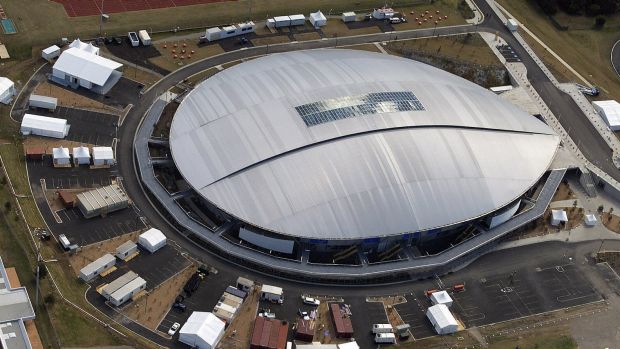
And at Bass Hill, where the Dunc Gray velodrome sits amid hockey and football fields, the question of who will pay for hefty maintenance bills is threatening the future of track cycling in NSW.
After the Olympics, the state government gifted the $42 million velodrome to Bankstown Council. The council subsequently signed a lease with Bankstown Sports Club to operate the venue, but that lease expires in 2019.

The new council of Canterbury Bankstown, therefore, will inherit the venue in three years. That means it will inherit its estimated $400,000-$500,000 annual maintenance bill, on top of a need for another $1 million in capital works in the next few years.
"Unfortunately, track cycling is a very small sport that requires a very large investment in the venue that you use for it," said the administrator of Canterbury Bankstown, Richard Colley.

Mr Colley has commissioned a report into the future of the velodrome. "There are a number of options … ranging from a 'do-nothing through' to a modification of it, through to the nth degree - which is demolition," he said.
Mr Colley's argument is that the burden of paying for track cycling in NSW should not fall only on the ratepayers of Canterbury Bankstown.
But for Phil Ayres, the chief executive officer of Cycling NSW, not having an indoor velodrome would "decimate" his sport.
"Track cycling really needs to be done on an indoor track, in terms of weather conditions and accessibility. To lose this site would end the sport in NSW," Mr Ayres said.
Before Dunc Gray was built, the only velodrome in Sydney was the outdoor bowl at Tempe. But outdoor velodromes are no use in the rain; it once took five days to run a one-day state championship, said Mr Ayres.
"If we were to lose this track there would be no indoor track in NSW," Mr Ayres said of a venue in which the Australian men's madison team won gold in 2000, Michelle Ferris and Gary Neiwand won silver, and Bradley McGee and Shane Kelly bronze.
Although Mr Colley describes the sport as small, Mr Ayres points to the hundreds of participants who come from across Sydney and NSW to use the venue each week - such as Forman, who came from Wollongong with her mother.
Outdoor tracks, said Forman, do not compare.
"The velodrome is just really fun, you get to go up and down the banking. And it feels a lot faster, compared to concrete."
A spokeswoman for NSW Sports Minister Stuart Ayres said: "The NSW government assesses applications for funding for sporting facilities on merit to maximise benefit to the taxpayer and outcomes for the community."

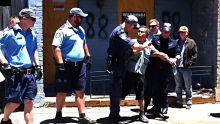
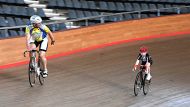

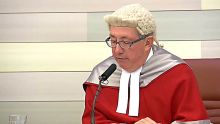





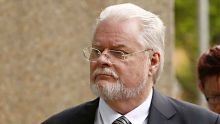





17 comments
New User? Sign up